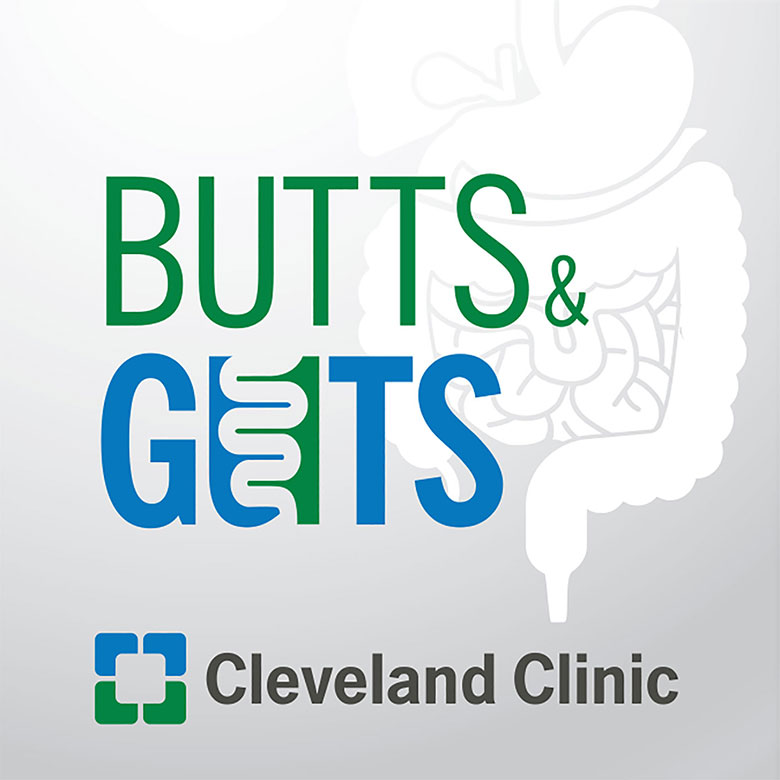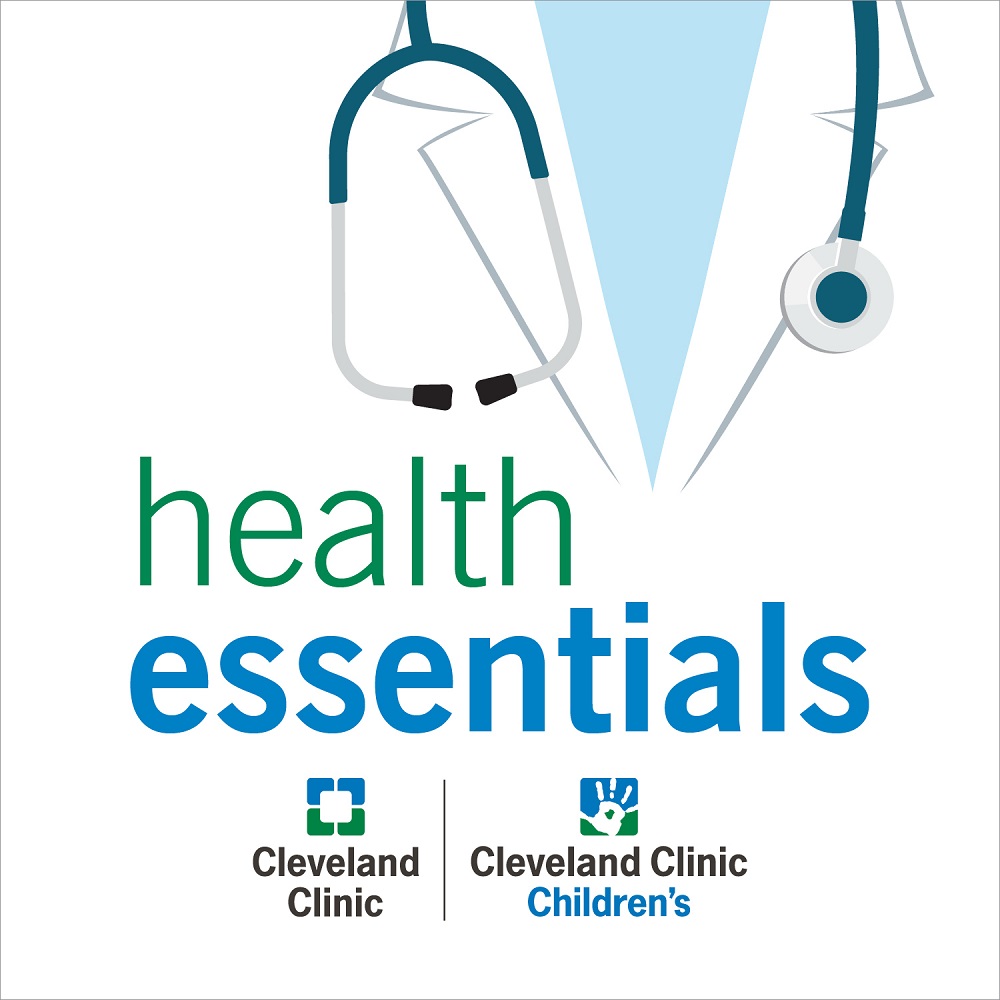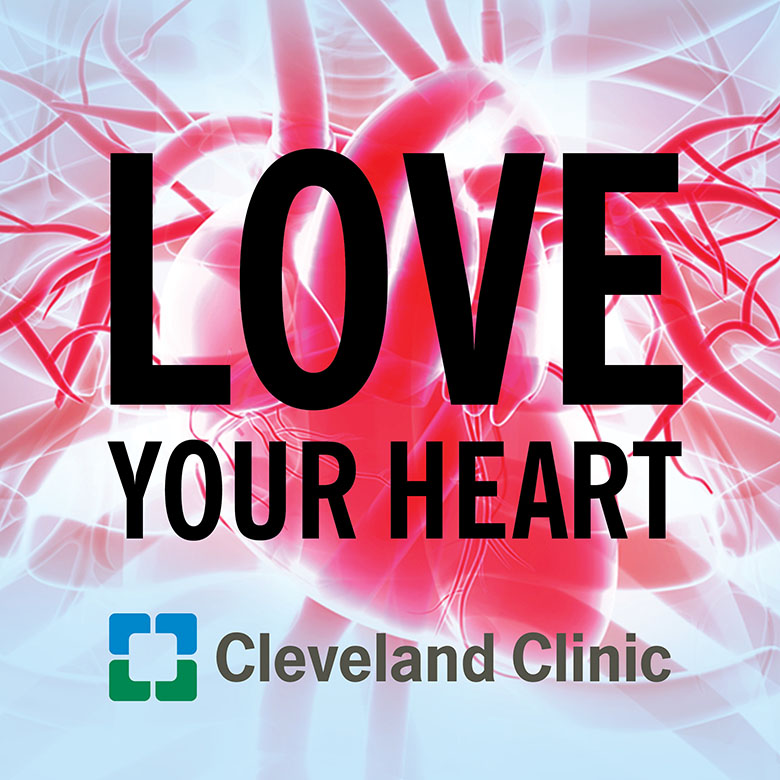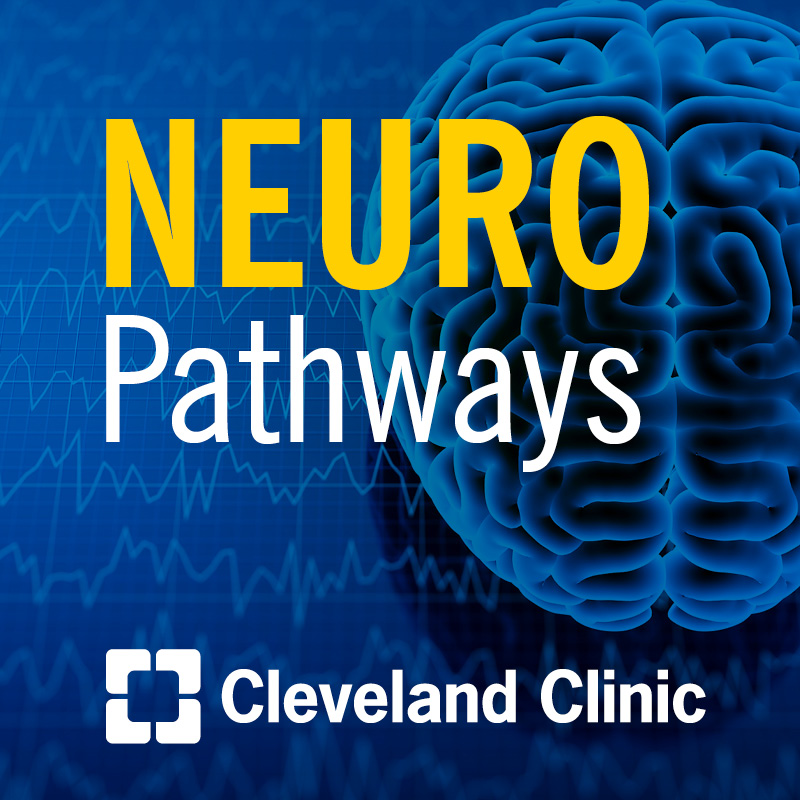Advancements in HCM: From AI Diagnosis to Gene Therapy

Cleveland Clinic is transforming hypertrophic cardiomyopathy (HCM) care through new clinical trial innovations. Milind Desai, MD, MBA, recaps two recent studies that analyzed the use of AI for the diagnosis of HCM and gene therapy for treatment.
Looking to refer a patient? Please reach out to our Physician Referral team Mon. - Fri., 8 a.m. - 5 p.m. (ET) at 855.751.2469.
Subscribe: Apple Podcasts | Podcast Addict | Buzzsprout | Spotify
Advancements in HCM: From AI Diagnosis to Gene Therapy
Podcast Transcript
Announcer:
Welcome to Cardiac Consult, brought to you by the Sydell and Arnold Miller Family Heart, Vascular and Thoracic Institute at Cleveland Clinic. This podcast will explore the latest innovations, medical and surgical treatments, diagnostic testing, research, technology and practice improvements.
Milind Desai, MD, MBA:
I was asked to present on a couple of topics that we present at ACC. This is a program that we put in place about this time last year, where every ECG that is done at the Cleveland Clinic, we started with J Building and now it's expanding throughout the enterprise, gets analyzed using artificial intelligence for hypertrophic cardiomyopathy in conjunction with a commercially available platform with AI. They did not fund the study. HCM, about 80 to 85% of patients are undiagnosed, misdiagnosed or underdiagnosed.
There is an effort to recognize more patients so that they can be appropriately put in the right treatment pathway. This is one of the steps that we did. So, what is it with HCM? It analyzes routine ECGs that we do every day, that are recorded on MEWS (modified early-warning score). The thought process is to reduce the time to diagnosis. At this point in time, we are evaluating the ECG component of it, but we can expand over the next few years. This is all HIPAA compliant. Everything happens in basically real time.
Last year, as I alluded to about this time, what we did was we set up a logistics process at the Cleveland Clinic in the J Building and then expanded everywhere, where every ECG is uploaded in a HIPAA-compliant way to the cloud server where the analysis is done, independent analysis. The providers are informed whether or not the patient has a suspected ECG. This is where the transaction stops with the company, and then we take over. We evaluate. At this point in time, my research team evaluated the reports. If they were confirmed to be HCM or suspected to be HCM, then referring providers were informed that the testing was performed and appropriate management was done. This was the workup, the workflow that was established last year.
What we wanted to do was to understand how this ECG algorithm performs in a large, undifferentiated Cleveland Clinic population. From February to November, about a 6-7 month period, we took all the ECGs that were performed. We categorized patients into previously diagnosed HCM, new diagnosis with negative prior clinical evaluation, as well as alternate non-HCM diagnoses. As this was done sequentially, there were about 103,000 ECGs from 45-46,000 patients analyzed, of which 2.7, so 3% of patients, 1,265 were flagged for hypertrophic cardiomyopathy, simply using the ECG.
40% we knew had HCM because these were J Building patients. They were coming to us for routine care. We found about 5% of patients that were floating in the J Building. This is only in the J Building with a new diagnosis of hypertrophic cardiomyopathy. About 55% of patients were also additionally picked up. Obviously, aortic stenosis, LBH, other cardiomyopathies, amyloidosis, et cetera, were picked up.
For our population, what was the diagnostic accuracy? Here, as we evaluate artificial intelligence, we have to understand, this is a game of establishing probability thresholds. So, depending upon where your threshold is, is how you are going to have your sensitivity. If our threshold was 0.95, sensitivity was about 50% negative, and specificity across the different thresholds was greater than 98%. But positive predictive value changes reduced with reducing thresholds. We have established for clinical utility a probability threshold of 0.85 makes a lot of sense. We do not want to be dealing with a lot of false positives.
Additionally, what we found was that this was equally effective in subgroups, men versus women, younger versus older, even folks with or without myectomy, it was able to appropriately identify at a similar level. Also, a small group was on Mavacamten versus not. Bottom line is this algorithm in the Cleveland Clinic population works really well. This was simultaneously published. Again, as I said, this is all members of the HCM center plus my research team as well as Sue and Katie from my HCM clinic who helped with this and this was published. Now, as I alluded to, this clinical program is expanded throughout the enterprise, so we'll be hearing more about it.
This was one thing we were asked to talk about. The other, completely different, is the first in-human report of MyPEAK-1, which is a phase one study of safety and efficacy of gene therapy, TN-201, adenovirus gene therapy in myosin-binding protein C patients, gene-positive hypertrophic cardiomyopathy. This is sponsored by Tenaya Therapeutics and this is the early results, very early results. TN-201 is a first-in-class gene therapy which targets the underlying cause of disease. What happens in these genetic mutation patients is there are about 40% fewer proteins, which result in downstream pathology and dysregulated cardiac contractility.
The thought process is TN-201 delivers via an adenovirus mechanism MYBPC3 gene to cardiomyocytes. What this does is it appropriately increases the protein levels, which hopefully would restore cardiac function and halt the progression of disease. This is obviously a phase one study, so safety and tolerability, dose findings and pharmacodynamics were the key questions. It is an open-label study where every patient gets a biopsy. The biopsy schedule has evolved as we have learned along the way, but now, according to the current way of doing it, baseline, post-dose and week 52 are the three biopsy schedules.
Eligibility, obviously, myosin-binding protein C mutation symptomatic patients who were adults. We are still participating, but the first three patients in the cohort one, so the first three patients in the world were all dosed here at the Cleveland Clinic. There is an ongoing cohort too, and we are still participating. The way this is set up is you dose the patient, you wait a month, have a DSMB, then dose another one. This is not a simultaneous dosing. This is a sequential dosing.
What did we find? Compared to the average patients, our folks were much sicker. All three patients had a prior myectomy. They were still symptomatic, despite relief of outflow tract obstruction. Two females, one man, much younger than the average HCM population. Their markers, echo, as well as biomarkers, were much worse compared to the standard population. Not one patient is from Ohio. Everybody came from more than 300 miles away for this.
It has been well-tolerated. All three patients had expected reversible elevations in liver enzymes. Everybody was on prophylactic immunosuppression with prednisone and sirolimus, and elevations were normalized after steroids. There was one patient who had an unrelated, due to immunosuppression, side effect that required prolonged hospitalization. But she has turned around and is doing well. No signs of cardio toxicity to a point where ICD requirement has been lifted. The big deal with adenovirus therapy, these infusions, is thrombotic microangiopathy, which was not observed. Every patient has completed every visit and remains in the study.
Step one, does it reach the heart? The answer is it reaches the heart and stays in the heart at levels above what is expected from these kinds of therapies. Every one of these patients had evidence of the adenovirus and the DNA deposition there. DNA turns into RNA. Yes, everybody expressed RNA in the cardiomyocyte, which continues to increase over time. Obviously, the levels are different, and we are still trying to figure out which is the appropriate dose.
On biopsies, protein levels also increase appropriately. In the first couple of patients, we did not have a baseline biopsy. As a result, we do not know what the exact proportion is, but now the company has adapted, and we are doing baseline biopsies on everybody. Biomarker levels, except for the first patient who had advanced disease, everybody is showing trends in the right direction. Cardiac structure and function have improved or remain stable. Every patient is in NYHA class I. They are alive, doing well, NYHA class I, and continue to follow up.
To conclude, this is the first ever in-human gene therapy for HCM, and the first doses were all dosed here. They are doing well and have a robust transduction in expression. This has supported the escalation of dose, and hopefully, we'll be hearing about it in the next year or so. I cannot do it without a lot of thanks to the patients and the families. But I have to shout out to Pavan Bhat in heart failure, who helped me tremendously, Danielle and Sue in my team, other investigators, as well as the Tenaya team. Thank you so much, and I'd be happy to answer any questions.
Audience Member 1:
In the first paper, just to highlight two people that when you're trying to do a validation or use of the research for the AI from an outside institution, what are the mechanisms or what are the easy ways to accomplish this? Because this is a common question and a common problem that a lot of people have that they reach out to us. How do we use AI that's commercially available, or people who have started using it, and how do we validate using our system?
Milind Desai, MD, MBA:
I think that's an important question, especially for the younger faculty and younger fellows, et cetera. First of all, everybody and their grandmother has the latest, greatest tool out there. For me, a starting point of conversation is you provide us the tools, we will validate within our environment to see if it works. If it works, then we will expand it. Nobody shares their IP because of IP reasons. The AI software is a black box. So, we need to understand and validate.
The important thing where a lot of times people stumble is they are not very versed with the logistics of operationalizing. What are the steps? The cyber security review, the IT folks, they will have a thing or two to say. Our nursing, where to operationalize it, how to collect the data, how to analyze it. Everything is absolutely important. But the most important thing is we need to validate no matter what the outside folks say.
Audience Member 1:
But I think this is an important thing because we want to have some kind of standard operating procedure.
Audience Member 2:
I think that in fairness, it's not only the need to validate, it's understanding how AI was trained, right?
Audience Member 1:
Yeah, of course.
Audience Member 2:
There's a training set. So, if you were looking for hair color and everyone in the training set had red hair, then if your cohort has blonde and brown, it's not going to properly identify. So, as Dr. Desai said, you have to actually validate in your own cohort, but you also have to understand what the training set was.
Milind Desai, MD, MBA:
Oh, that goes without saying. Understanding training and what goes into an AI model is probably the most important element, but a lot of times the companies are not going to be forthright about what the data set is, and that's why it's important for us to test that.
Audience Member 1:
But again, we are going to have standard procedures to say how we work with this. This is where I think some of the efforts are going. As you know, a lot of people, a lot of faculty, have reached out to us to say that they want to investigate these things. So, we will have some methods to be able to do it in a way that is business wise, so either with innovations or with strategy, or with research sites. So, there are three different avenues that we will potentially use for analyzing the AI.
Anyway, thank you again. For the genetics also, I know we are running out time, but genetics also that we are working with the C-5 and we are focusing efforts on the genetic trials. Dr. Nissen has already signed with some of the other leaders to work to do these trials. So again, genetic modification. Of course, we are going to have a genetic section in cardiology. This is again our big effort to focus on the cardiovascular genetics in the upcoming years. Thank you.
Announcer:
Thank you for listening to Cardiac Consult. We hope you enjoyed the podcast. For more information or to refer a patient to Cleveland Clinic, please call 855-751-2469. That's 855-751-2469. We welcome your comments and feedback. Please contact us at heart@ccf.org. Like what you heard? Subscribe wherever you get your podcasts or listen at clevelandclinic.org/CardiacConsultPodcast.

Cardiac Consult
A Cleveland Clinic podcast exploring heart, vascular and thoracic topics of interest to healthcare providers: medical and surgical treatments, diagnostic testing, medical conditions, and research, technology and practice issues.



